Eat, sleep, repeat. It’s a mindset that comes to dominate too many outwardly triumphant creative lives. An author who is trapped in an endless cycle of writing romantic bestsellers, fearing that her readers will abandon her if she reveals her murderous side. Or a chef who becomes known for a single signature dish that he now despises but cannot remove from the menu if the takings are to be kept buoyant. It’s like being a character actor, the sort always drafted in to play the same role over and over. In the end it dims the soul (if not the bank balance).
This type of dread can easily settle into the hearts of architects – the recognition that people just want another one of those buildings you have been trotting out for decades, one with that familiar, distinctive silhouette. But what if you wanted to do things differently for once?
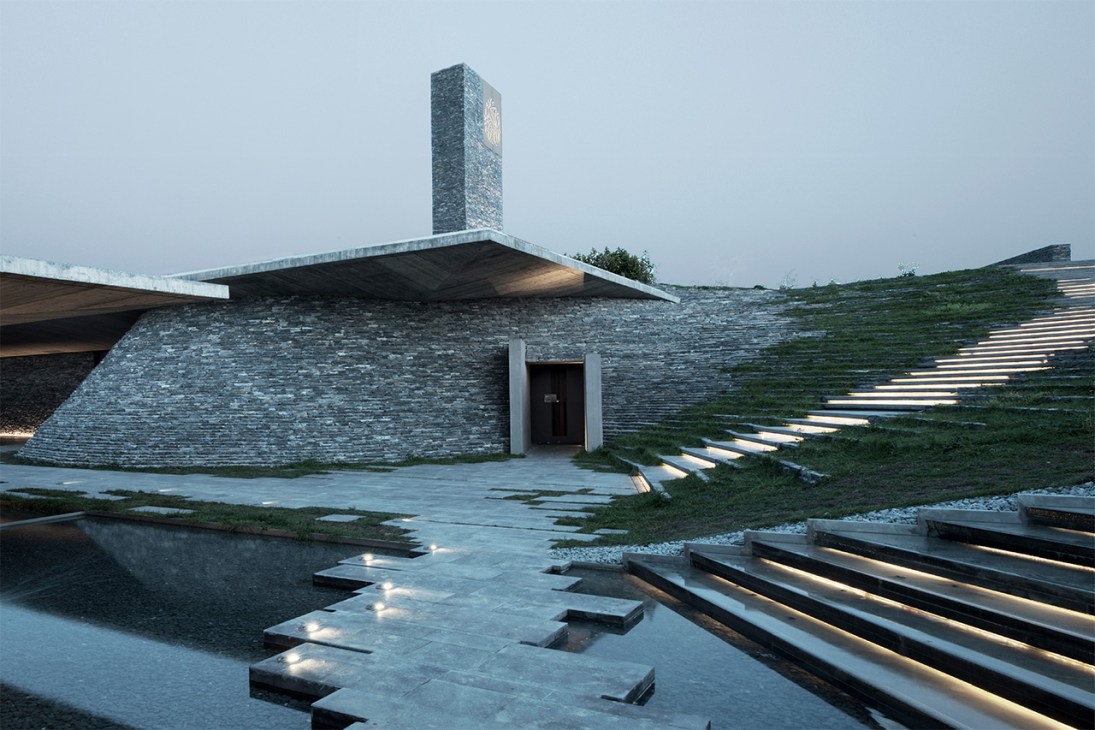
Celebrated Turkish architect Emre Arolat has dodged this fate by following a different path. It’s a path that has allowed his studio, Emre Arolat Architecture (EAA), to deliver projects from hospitality to transportation, which delight and amaze but also challenge what has gone before. “You see a building in Bilbao or in New York and you can clearly identify who it is by,” says Arolat. “But there is another way of doing architecture – one that emphasises context and looks to engage more deeply with the environment and the distinctive qualities of the place. I am on the second path. Not creating an object of desire every time but understanding the specific tendencies and memories of a place.”
Monocle met Arolat at the recent Abu Dhabi Infrastructure Summit – his Istanbul-anchored practice works widely in the region – to record an interview for our podcast, The Urbanist. The scheduling at these events is fast. Yet, in our radio booth, the pace slowed as Arolat began to explain his philosophy: a way of working that has delivered endless wins but has also left him questioning things. It was one of those interviews that settles on you.
Our conversation shifted to one of the architect’s best-known projects, the Sancaklar Mosque. Set in a prairie-like landscape overlooking a lake, with a gated community nearby, the mosque sits on the western edge of Istanbul and was completed in 2012. But let go of any preconceptions about what a mosque might look like – just as Arolat himself did.
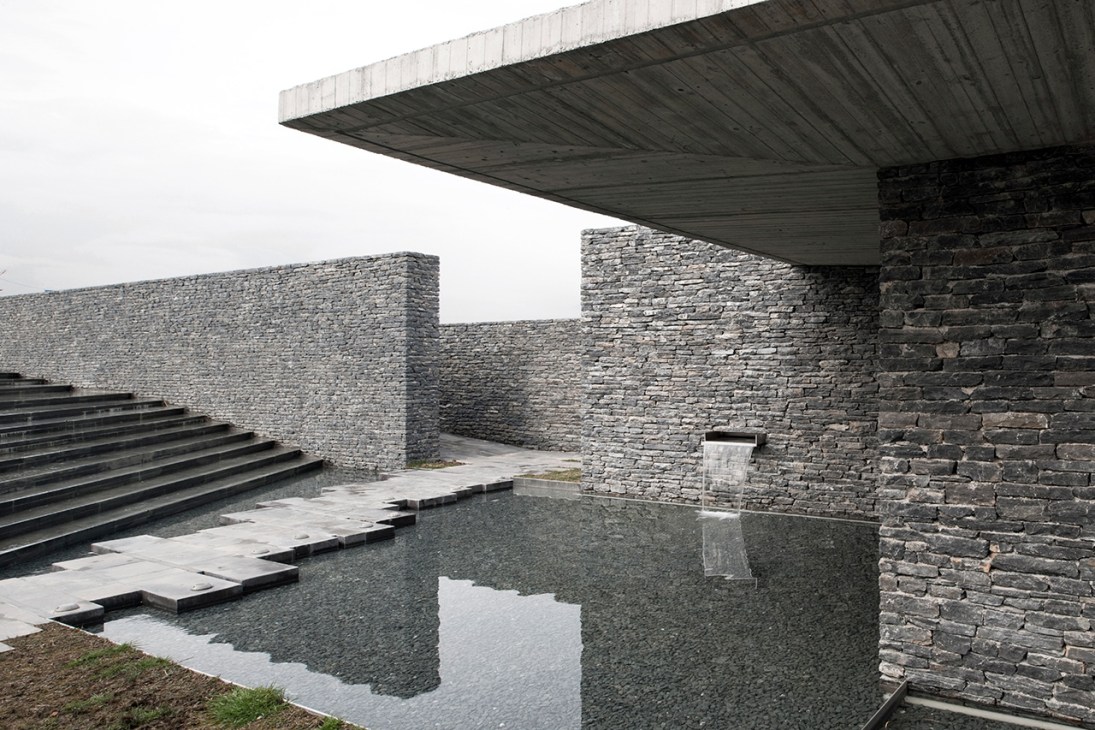
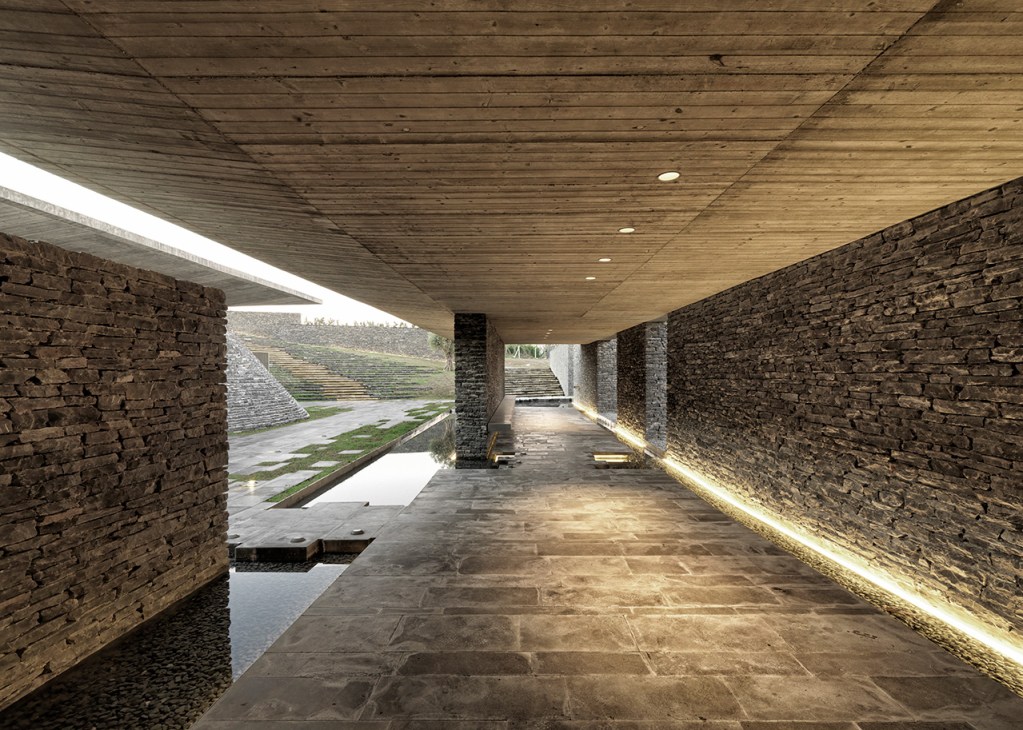
“When you design a new mosque, especially in Turkey, the first thing that you have to face is the 16th-century Ottoman scheme,” he says. “Ninety-nine per cent of new mosques obey these rules, which were written hundreds of years ago, stating that they must have a cupola, a distinctive minaret, and, let’s say, a pre-designed shape.”
So Arolat, who says that he is not a “100 per cent believer”, took a different course. He studied – and for months – the essence of prayer in Islamic philosophy. Anywhere that’s clean can be a prayer room, it transpired, so there was a freedom of design available here. He also looked at the site and studied the land. When people began to sense that he would be proposing a mosque design that defied norms, he said “there were lots of reactions from the community, from the authorities and everyone”. But he knew that he had to create something specific and slowly, people were won over. They, like him, started to see the world anew.
The building that he erected seems to disappear into the land. From the outside, all you see are the gardens, the stone courtyard walls and a large stone cube – the minaret. Inside, there’s a tea house, a library and a dramatic cave-like prayer room where worshippers can find solitude with God. Its design is mostly stripped of embellishment. It’s like nothing else; not an Arolat sequel but a one-off. And the community? It has embraced this singular vision.
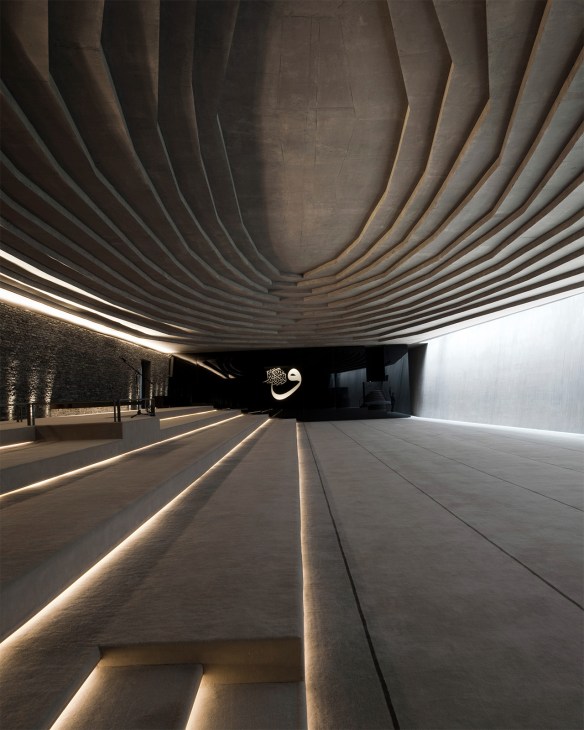
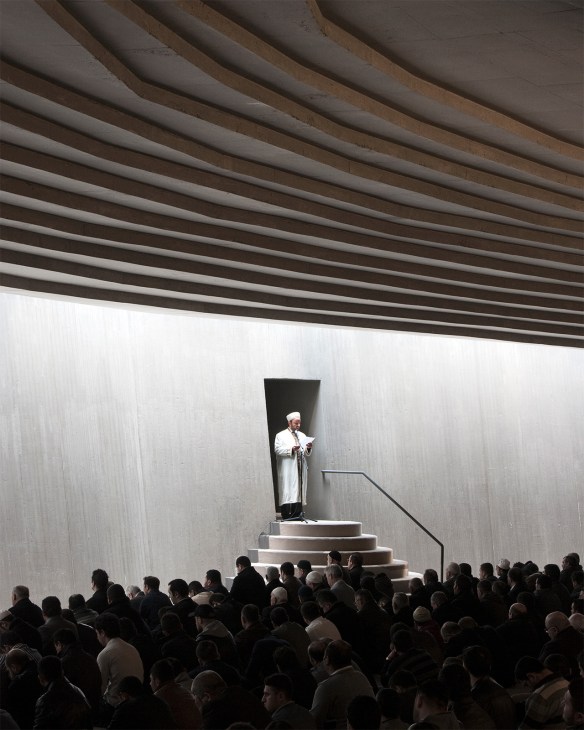
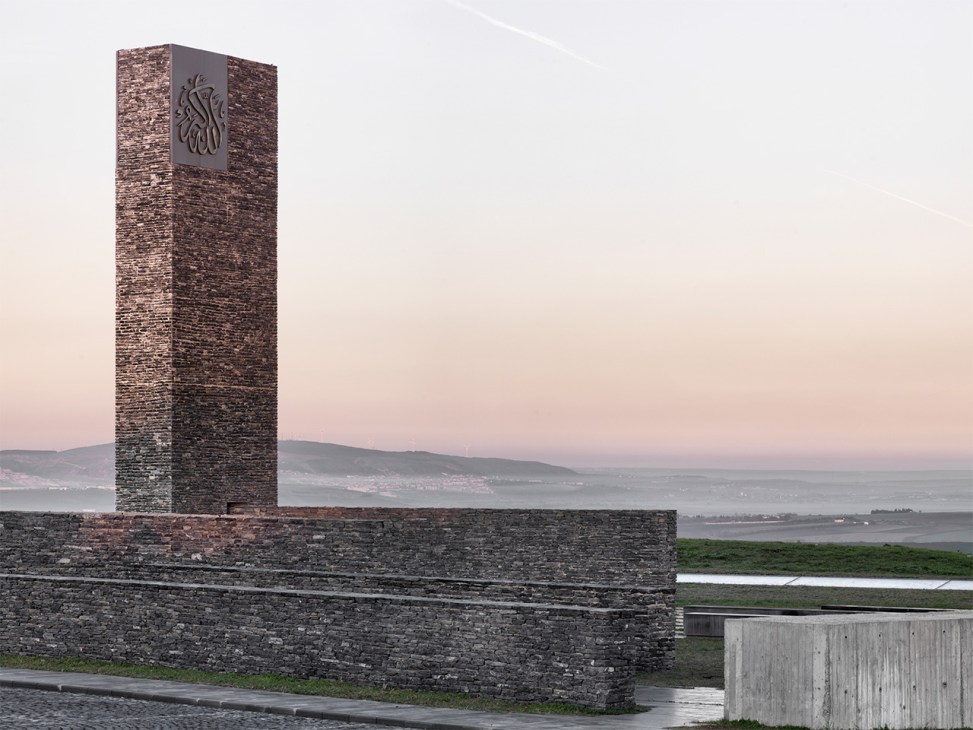
Before I let Arolat return to the commotion of the summit, I asked him a basic question. “Do you like being an architect?” Arolat smiled. “That is a question that I ask myself every day,” he said. “There are moments when I adore my profession; both of my parents were architects, so this was a natural path for me. But sometimes the answer is ‘yes’ and sometimes it’s ‘no.’” I pressed on. “But surely when you see the mosque, for example, don’t you think, ‘OK, I’ve created something of beauty, of value’?” But he was reluctant to accept this take on his career. “I don’t like my buildings at all. I mean, I don’t like what I’ve done; I’m always looking toward the future.”
And perhaps this is the secret to his ingenuity – to not being like a fading pop star, trapped on stage belting out their old hits again and again. There’s a lesson here for all of us: stay humble and always believe that the best is yet to come.
You can listen to the rest of our interview with Emre Arolat on this episode of ‘The Urbanist’, below.
Missiles rained down as US warplanes made controversial airstrikes on key targets in a country that Washington had deemed a “rogue state”. For many residents of Belgrade, this week’s news headlines have a queasily familiar feel to them. Tehran might have been the target this time but Belgrade still bears the scars of the 1999 Nato airstrikes that hit what was still the capital of the then-Yugoslavia. It’s bizarre, then, that the current US president’s extended family is behind a controversial project to redevelop the Serbian capital’s most prominent bombsite: the Yugoslav Ministry of Defence building. Indeed, the crowning glory of the plan proposed by the well-connected Affinity Global Development would be a Trump Tower. There might well be some people who are champing at the bit to check in at Jared Kushner’s latest venture – but I have yet to meet them. On the other hand, outraged architects, baffled real-estate brokers and disgruntled heritage experts seem extremely keen to voice their objections because the Defence Ministry complex occupies a very particular place at the nexus of a smorgasbord of Serbian concerns. It is simultaneously a memorial and a shining beacon of the best of Yugoslav architecture. Meanwhile the proposed development raises familiar concerns about transparency, corruption and the authorities’ approach to urban development.
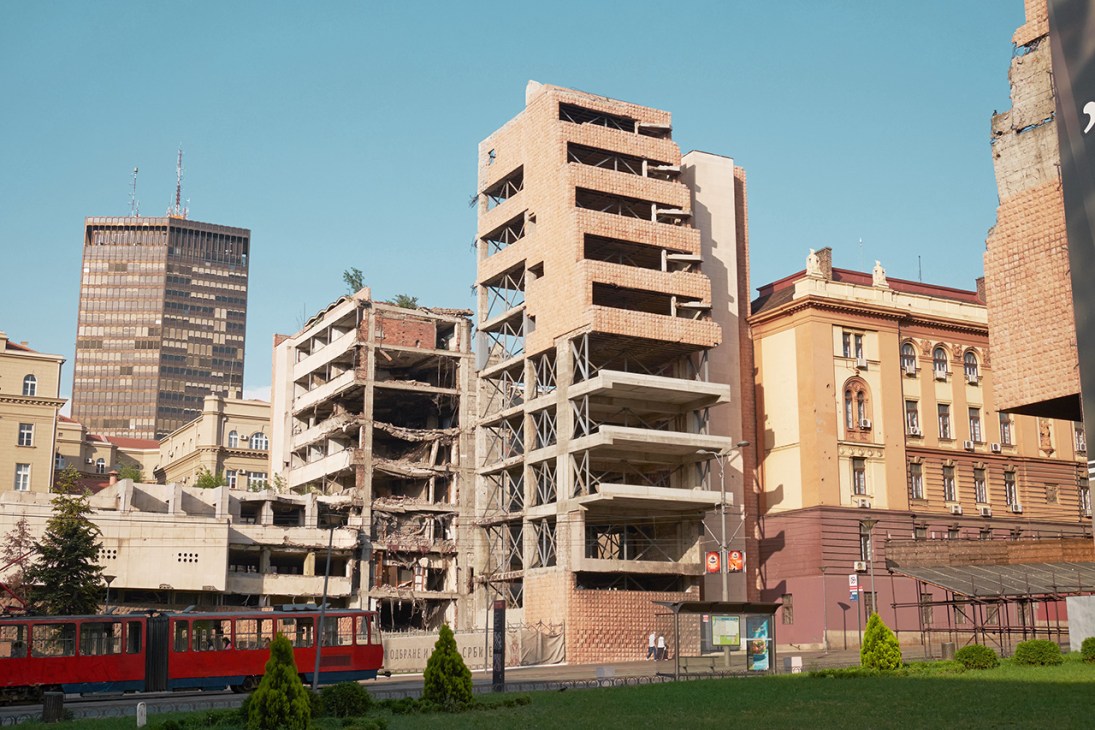
The shattered-but-still-standing complex of buildings provide a visual crash course in Serbia’s tumultuous recent history. Architect Nikola Dobrović designed the structure to resemble a canyon in Bosnia’s Sutjeska river, where Partisan forces had held out under a fierce Nazi assault – and shifted the course of the Second World War in Yugoslavia. To reflect that, Dobrović created two structures on either side of Nemanjina Street. The tiered buildings were constructed in an eye-catching contrast of reddish-brown stone and white marble slabs. Viewed together, they took the form of a gate, greeting visitors to the city coming up the hill from Belgrade’s main railway station.
Nato commanders saw them as a prime target in 1999, when they successfully pressured Yugoslav forces to end their persecution of Kosovo-Albanians. But many Serbians still view the airstrikes as illegal, with the damaged Defence Ministry complex serving as a memorial to the victims, including civilians, of the 78-day bombing campaign. From its prominent position on the main route into the city, the buildings have, for the past 26 years, been delivering a jarring welcome to unwary new arrivals. During this time, numerous ideas for the structures’ future have been mooted, from a full restoration to a new development that reflects on the past while allowing Serbia to look forward. The Affinity Global project would include a “memorial room” alongside the Trump Tower. But critics see that as a mere sop – and point to the lack of an open tender process before the government granted Jared Kushner and his associates a 99-year lease on the site.
Whether Kushner’s project goes ahead is open to question – the heritage official who had approved the lifting of the Defence Ministry complex’s protected status was arrested last month. Affinity Global Development said it would “review this matter” but has otherwise kept its counsel. So, for now, the former Defence Ministry’s shattered visage is an enduring reminder of what it means to be on the receiving end of airstrikes. Perhaps there is still a chance for wiser heads to come to a consensus and ensure that the complex is reshaped to serve the city – instead of the extended family of a US president.
Guy De Launey is Monocle’s Balkans correspondent. For more news and analysis, subscribe to Monocle today.
In a sane world, it would be difficult to move on Odesa’s cobbled streets for young men on stag nights, city-breakers trying to avoid them and influencers photographing themselves in front of beautiful buildings resembling wedding cakes (writes Andrew Mueller). In our world, however, no budget airlines are touching down at Odesa International – or have done so for more than three years. I came here for the annual Black Sea Security Forum, which convened this past weekend. In keeping with the municipal tradition of swaggering flamboyance, the event was far from reserved about trying to draw attention to the city. The panels were held in Odesa’s glorious Opera House, while the closing-night drinks featured a performance by 2022 Eurovision Song Contest winners Kalush Orchestra.

These are not easy times in which to hold an international event here. Getting to Odesa, Ukraine’s third-biggest city, and the Black Sea’s most crucial port, currently requires taking a roadtrip from Chișinău, the capital of neighbouring Moldova. For Monocle, this proved a pretty stress-free three hours and change, as we cruised through the well-kept villages that punctuate Moldova’s wine country but skirting Transnistria, the odd little Russian proxy statelet carved out of Moldova in the early 1990s and a source of anxiety since the war’s onset that it could be used as a springboard for another expression of Russian revanchism.
The Moldova-Ukraine border wasn’t too much of an obstacle. It has been the previous experience of this correspondent that getting in and out of countries at war can only be measured in hours, if you’re lucky. We got through in not much longer than it took to get a passport stamped.
Once in Ukraine, and even once in Odesa, you can go a while without really noticing that anything is up. On the road there are a couple of army checkpoints. In the city, there are camouflage nets and sandbags outside police stations and where there used to be a statue of Catherine the Great – the launcher of a previous Russian invasion of Ukraine – there is now an improvised memorial to those lost fighting back the current onslaught. The grass around the plinth is planted with photos, banners and blue-and-gold flags inscribed with names and dates.
But Odesa’s shops, bars and restaurants are mostly open, the parks are full of people doing their best to enjoy the summer and life gives every impression of going on. Here, as elsewhere in Ukraine, you can download an app that apprises you of air-raid alerts. There were a couple on my first day and if these ever did cause Odesans to scramble for the shelters, they’re over it now.
Which is not to say that the risk is not real. Within the past week or so, Russia has launched some of the heaviest drone and missile barrages of the entire war. A missile strike on Odesa’s docks killed three people and a drone raid in the city’s suburbs damaged residential buildings. It might seem strange that Odesans have grown used to this. It should seem outrageous that their fellow Europeans have.



